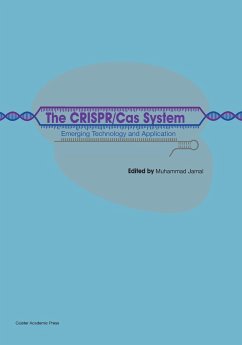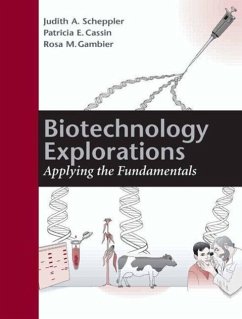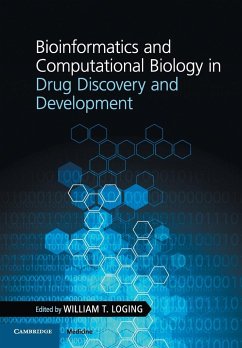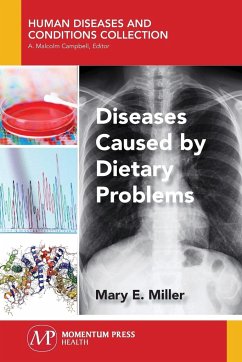
Bioinformatics of Autoimmune Diseases
Versandkostenfrei!
Erscheint vorauss. 12. Februar 2026
75,99 €
inkl. MwSt.
Weitere Ausgaben:

PAYBACK Punkte
38 °P sammeln!
Autoimmune diseases arise when the immune system misidentifies the body's own tissues as threats, a catastrophic failure of self-recognition that leads to chronic inflammation, tissue damage, and long-term disability. Bioinformatics of Autoimmune Diseases is a timely and comprehensive guide that explores not only the immunological basis of these disorders but also the cutting-edge bioinformatics approaches used to analyze the genomic, transcriptomic, and epigenomic data driving modern discovery. Structured to bridge foundational immunology with advanced computational analysis, this book offers...
Autoimmune diseases arise when the immune system misidentifies the body's own tissues as threats, a catastrophic failure of self-recognition that leads to chronic inflammation, tissue damage, and long-term disability. Bioinformatics of Autoimmune Diseases is a timely and comprehensive guide that explores not only the immunological basis of these disorders but also the cutting-edge bioinformatics approaches used to analyze the genomic, transcriptomic, and epigenomic data driving modern discovery. Structured to bridge foundational immunology with advanced computational analysis, this book offers readers a progression from the molecular mechanisms of immune function and dysfunction to the bioinformatics pipelines used to investigate them. Early chapters provide a thorough grounding in immune cell biology, immune checkpoints, and disease pathogenesis. Subsequent chapters guide readers through practical analyses of autoimmune disease data, covering RNA-Seq, variant analysis, microbiome profiling, ATAC-Seq, ChIP-Seq, and single-cell sequencing. Bioinformatics tools are introduced using Python with step-by-step workflows, enabling hands-on engagement with real datasets. Written by a professor of bioinformatics and developer of bioinformatics tools, the book draws from over a decade of broad experience in computational biology. With detailed illustrations, curated datasets, and a clear emphasis on reproducibility, it serves as a foundational resource for graduate students, clinician, biomedical researchers, and anyone seeking to decode the bioinformatic foundations and mechanisms driving autoimmune disease.








![The Proclivity of Women to Cancerous Diseases and to Certain Benign Tumours [electronic Resource]: Being the Substance of a Lecture Delivered at the C Cover The Proclivity of Women to Cancerous Diseases and to Certain Benign Tumours [electronic Resource]: Being the Substance of a Lecture Delivered at the C](https://bilder.buecher.de/produkte/66/66195/66195082n.jpg)



